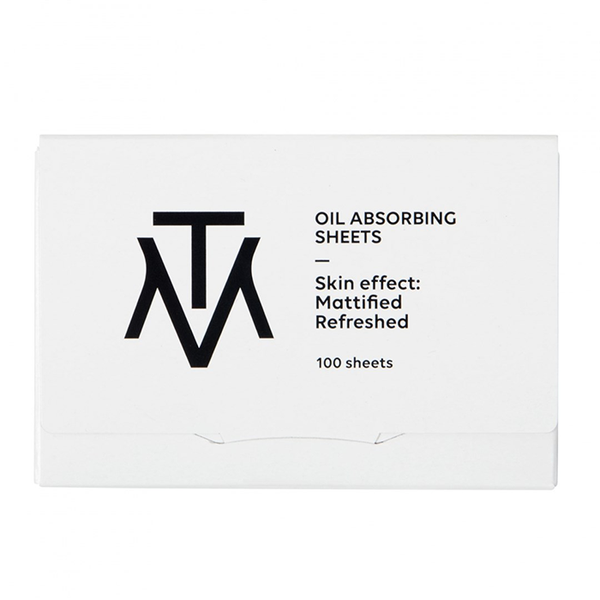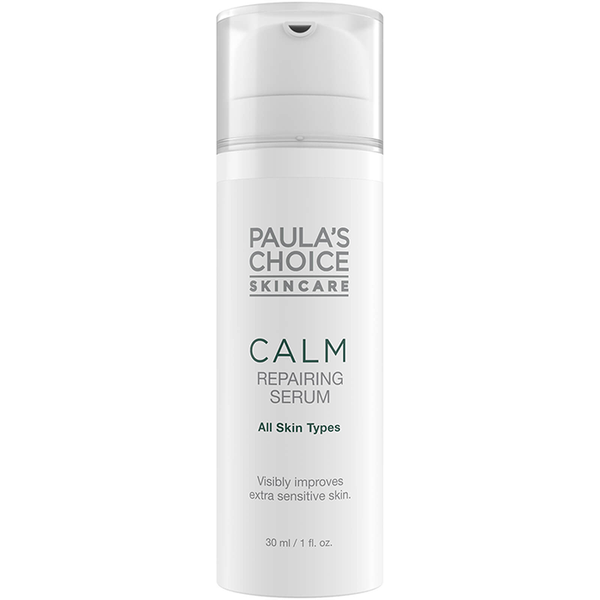
Common Skincare Questions, Answered By An Expert
CREATED IN PARTNERSHIP WITH SKINCITY
Q: If You’re Keen To Try Retinol, Is The Summer The Right Time To Start?
A: “You can absolutely use a retinol during the summer, but caution is key. Always apply a high factor, broad spectrum SPF every morning to fully protect your skin and try to stay out of strong, direct sunlight. If you’re planning on jetting off somewhere warm, play it safe and stop using retinol for a few days before you travel. Don’t start reapplying it again until a week after your return, either. Likewise, if your skin is very sensitive or prone to inflammation, avoid using it throughout the summer as your skin will have more heat activity. This enhances the ingredients potency within the skin and can trigger an inflammatory response. A good retinol replacement for sensitive skin would be Bakuchiol, a clinically proven botanical alternative ideal for those who can't use traditional vitamin A. If you’re new to it, start off slow with a low concentration applied a couple of times a week, with plenty of recovery time in between. A great option is the Medik8 Retinol 3TR, which contains a low 0.3% concentration that is easily tolerated by all skin types. If you overdo it or experience flare-ups, stop using the product for a while and add barrier-strengthening products into your routine to support your skin while it gets back to normal. One of my personal favourites is the Epionce Medical Barrier Cream which hydrates, soothes and repairs damaged skin.”
Q: The Heat Can Cause Skin To Look Greasy. What Can Be Done To Stop This?
A: “A quick-fix is to make sure you’re using a moisturiser and SPF designed for your skin type. If that’s oily, look for lightweight, oil-free formulas such as the Medik8 Hydr8 B5 which you can use as your moisturiser on particularly warm days. The Heliocare 360 Gel Oil-Free SPF50 is also the ideal sunscreen for oily-prone skin. Another great tip is to invest in some oil-absorbing sheets, like the ones from MAKETHEMAKE. Just wipe them over the skin as and when you need it. Press one into the skin and you’ll find it minimises shine, while absorbing surface oils and sweat, too.”

A: “Prevention is better than cure. A really important thing to remember – especially in summer – is to apply sunscreen every morning and use skincare that’s formulated with tone-correcting actives. The SkinCeuticals Advanced Brightening UV Defense SPF50 has been formulated specially for those with uneven pigmentation and contains ingredients like tranexamic acid, as well as niacinamide – both of which target the appearance of dark spots and discolouration. Antioxidants are another key ingredient to prioritise in your routine to help prevent dark spots from forming or getting worse.”
Q: If Your Skin Feels Dry In The Summer, What Can You Do To Help It?
A: “As the seasons change, so does our skin. During the summer, your complexion will still need an extra dose of hydration to stay balanced and feel comfortable. A great product to introduce into any skincare regime is a hydrating mist, such as Peter Thomas Roth’s Water Drench Hydrating Toner. It refreshes, hydrates and soothes the skin while keeping it cool at the same time. Also, don’t assume a thicker cream always equals hydration. It could actually impair the skin’s natural hydration processes, so stick to lightweight textures that are full of hydrating ingredients instead. Another way to ward off tight, dry skin is to use a mask regularly to replenish your skin’s surface moisture reserves. Try something like the Cosmedix Restore Moisture-Rich Mask. It floods your complexion with hyaluronic acid, vitamins and essential fatty acids not only to increase the moisture content of your skin, but to make it more effective at retaining that moisture as the day wears on.”
/https%3A%2F%2Fsheerluxe.com%2Fsites%2Fsheerluxe%2Ffiles%2Farticles%2F2021%2F06%2Fmain-beauty.png?itok=cVix3CGe)
Q: If You Suffer With Redness/Inflammation, How Can You Keep This At Bay?
A: “Avoiding direct sunlight and heat are both great tips for preventing inflammation. If your complexion is looking rosier than normal, use products that contain ingredients like willow herb or sea whip extract – both are proven to calm visible redness. The Paula’s Choice Calm Repairing Serum is a wonderful, gentle product that can be used twice a day to help maintain a clear and calm complexion. Also, wearing a hat to keep your face protected is an easy way to prevent sun-induced inflammation.”
Q: What Level Of SPF Should You Be Using & Why?
A: “Everyone should use a minimum of SPF30, as this will block out 97% of sun’s UVB rays. Assuming the right amount is applied and reapplied throughout the day, of course. However, you should also check your sunscreen protects against UVA rays for year-round protection against damage, and don’t rely on the SPF in your moisturiser or foundation – especially when sunbathing. Go for a separate product for the most reliable protection.”

A: “As the temperature rises the skin tends to produce more oil. So, applying thick creams or multiple layers of product can cause it to feel heavy, congested and warmer than usual. By using lightweight products – think gels and lotions – your skin is less likely to feel uncomfortable in the heat, with the chance of blocked pores becoming greatly reduced.”
Q: Should SPF Go On Before Or After Moisturiser?
A: “SPF is always the last step in your regime, so apply it on top of your moisturiser. By applying the SPF last, you’ll find it acts as a protective shield on the surface of your skin. Make sure you’re using an SPF that’s been formulated for your current skin type. For example, if you have dry skin, opt for a cream texture, like the iS Clinical Eclipse SPF50. If you have oily skin, a gel is perfect as it will feel much lighter on the skin. The Kiehl's Ultra-Light Daily UV Defence Aqua Gel SPF50 is amazing for oily skin as it won’t clog the pores and will also help to control sebum production. Make sure your chosen SPF protects against UVA and UVB rays. UVB rays are the ones that cause sunburn and skin cancer, whereas UVA rays go deeper into the skin and cause premature ageing and DNA damage. As well as decreasing the risk of sunburn and premature ageing, wearing an SPF decreases your risk of developing skin cancer.”

A: “When you apply an SPF you should use approximately 2mg of SPF per square cm of your skin. A helpful way to remember the correct amount is to use the two-finger rule – this is especially relevant for your face. Put simply, it’s two strips of SPF the length of your index and middle finger to cover your entire face, neck and decolletage. For the rest of the body, it’s best to apply two tablespoons of SPF to all the exposed areas. Always remember SPF needs to be reapplied every two hours, or more frequently after swimming and heavy sweating. If all else fails, just apply more than you think is needed. Too much is better than too little.”
Shop Lisa's Top Summer Skincare Picks...








Visit Skincity.com
DISCLAIMER: We endeavour to always credit the correct original source of every image we use. If you think a credit may be incorrect, please contact us at info@sheerluxe.com.

